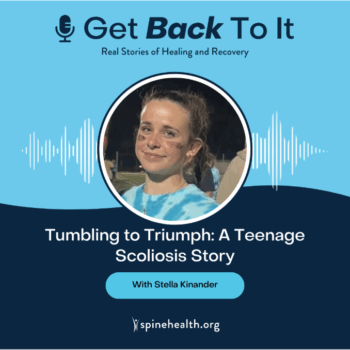Description:
What happens when life knocks you down, not once, but twice? Kasey Sutherlin broke her back twice—first in a cliff-jumping accident at just 19 years old, and then again a decade later while rock climbing. Her struggle with an undiagnosed eating disorder led to low bone density, making her more susceptible to these severe injuries.
Despite these life-altering injuries, Kasey’s story is one of extraordinary perseverance. She refused to give up her mobility and active lifestyle. Tune in to hear about how she overcame not one but two severe spinal injuries, to today where she is now running 30 to 70 miles per week.
Her journey from paralysis to the podium will inspire anyone facing life’s toughest challenges.



